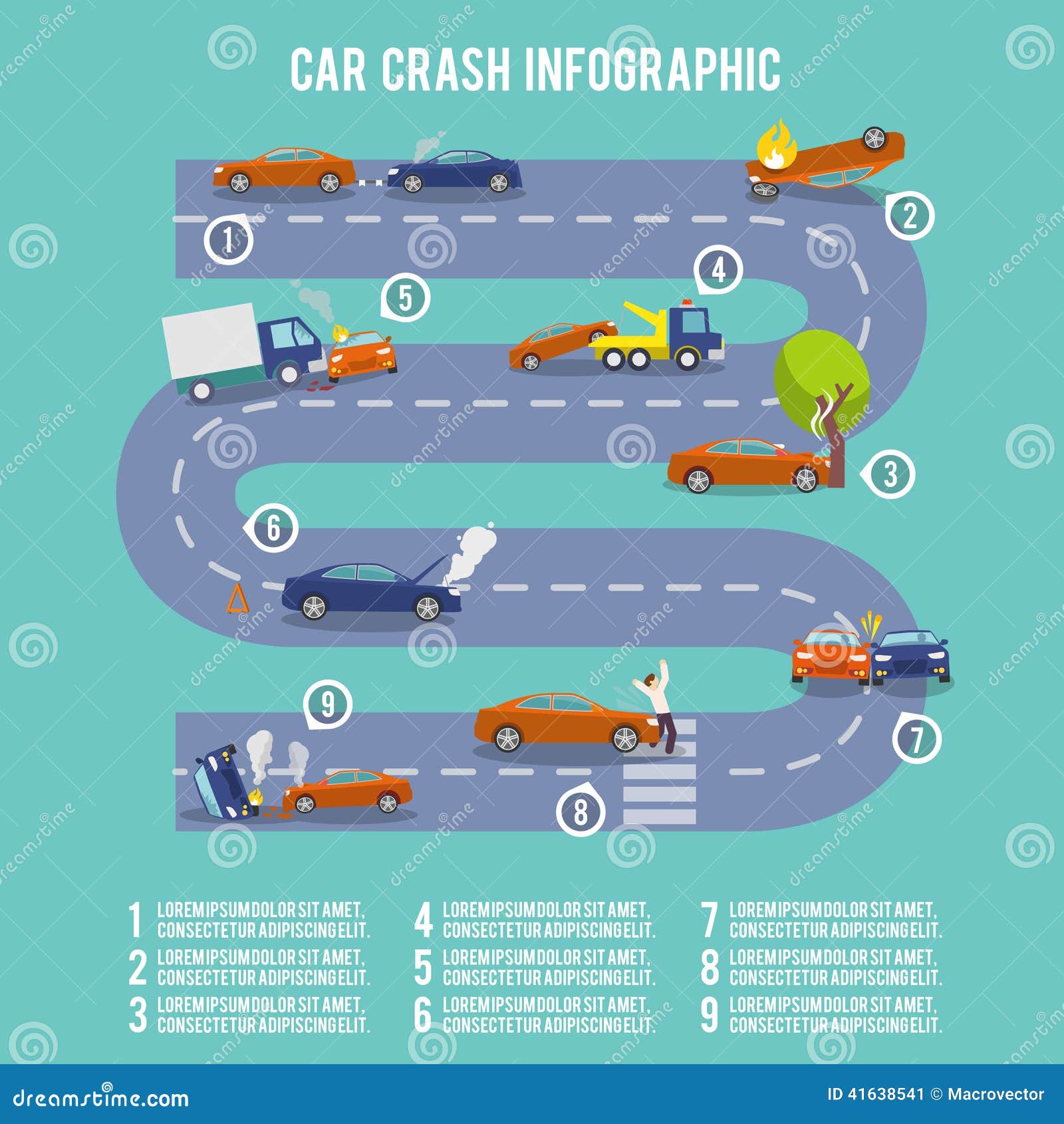Intend To Learn More Regarding The Warning Lights On Your Control Panel? Reveal What They Suggest Regarding Your Vehicle'S Health And Wellness
Intend To Learn More Regarding The Warning Lights On Your Control Panel? Reveal What They Suggest Regarding Your Vehicle'S Health And Wellness
Blog Article
Article Composed By-Hartley Torres
When you lag the wheel, those beautiful caution lights on your dashboard can be a little bit perplexing. Do you know what they're attempting to tell you regarding your car's wellness? Comprehending the importance of these lights is crucial for your safety and security and the longevity of your lorry. So, https://electric-brakes17384.activoblog.com/33938375/just-how-mobile-vehicle-describing-solutions-can-conserve-you-time-and-money following time among those lights pops up, would not you wish to decode its message accurately and take the needed actions to resolve it?
Common Warning Lights and Interpretations
Determine typical warning lights in your automobile and comprehend their meanings to ensure safe driving.
The most regular warning lights include the check engine light, which signals concerns with the engine or emissions system. If this light begins, it's important to have your car checked promptly.
Highly recommended Online site advising light suggests low oil pressure, needing immediate attention to avoid engine damages.
A blinking battery light may recommend a faulty charging system, possibly leaving you stranded if not dealt with.
The tire pressure surveillance system (TPMS) light notifies you to reduced tire pressure, affecting automobile stability and gas efficiency. Neglecting this could bring about unsafe driving problems.
The abdominal light indicates a problem with the anti-lock stopping system, jeopardizing your capability to quit rapidly in emergency situations.
Finally, the coolant temperature advising light warns of engine getting too hot, which can lead to severe damages otherwise dealt with promptly.
Comprehending these common caution lights will aid you deal with problems immediately and preserve secure driving conditions.
Significance of Prompt Attention
Recognizing the usual caution lights in your cars and truck is only the very first step; the importance of immediately resolving these cautions can't be highlighted enough to guarantee your safety and security when traveling.
When a caution light brightens on your control panel, it's your auto's way of connecting a potential issue that requires attention. Overlooking these cautions can cause more extreme problems in the future, compromising your safety and security and potentially costing you extra out of commission.
Prompt interest to advising lights can avoid malfunctions and accidents. For example, a flashing check engine light could indicate a misfire that, if left unattended, can create damages to the catalytic converter. Resolving this without delay can save you from a pricey repair.
Likewise, a brake system advising light may signify low brake liquid or worn brake pads, vital parts for your safety and security when driving.
DIY Troubleshooting Tips
If you see a warning light on your control panel, there are a couple of do it yourself troubleshooting suggestions you can attempt before looking for professional help.
The first step is to consult your vehicle's manual to recognize what the particular caution light indicates. Often https://www.autonews.com/fixed-ops-journal/auto-dealerships-buy-parts-franchises-and-turn-flow-money-around can be as straightforward as a loosened gas cap setting off the check engine light. Tightening the gas cap might settle the problem.
An additional typical problem is a reduced battery, which can activate various advising lights. Checking the battery connections for corrosion and guaranteeing they're protected might repair the problem.
If a caution light continues, you can attempt resetting it by disconnecting the auto's battery for a few minutes and then reconnecting it. Additionally, inspecting your vehicle's liquid levels, such as oil, coolant, and brake liquid, can help troubleshoot cautioning lights related to these systems.
Conclusion
Finally, comprehending your auto's caution lights is vital for maintaining your automobile running smoothly and securely. By immediately dealing with these notifies and recognizing what they indicate, you can prevent pricey repairs and potential break downs.
Remember to consult your auto's handbook for certain details on each warning light and act as necessary to guarantee a hassle-free driving experience.
Stay educated, remain safe when driving!
